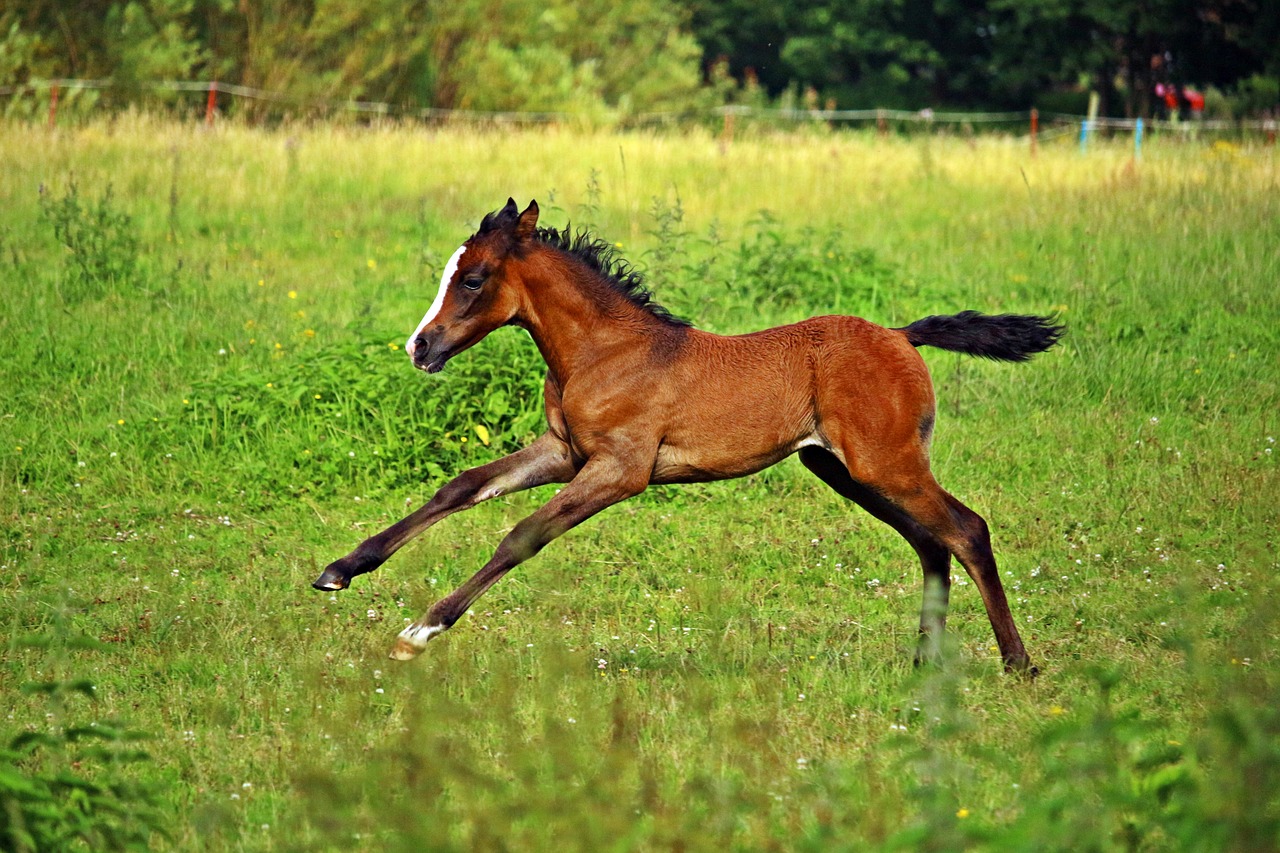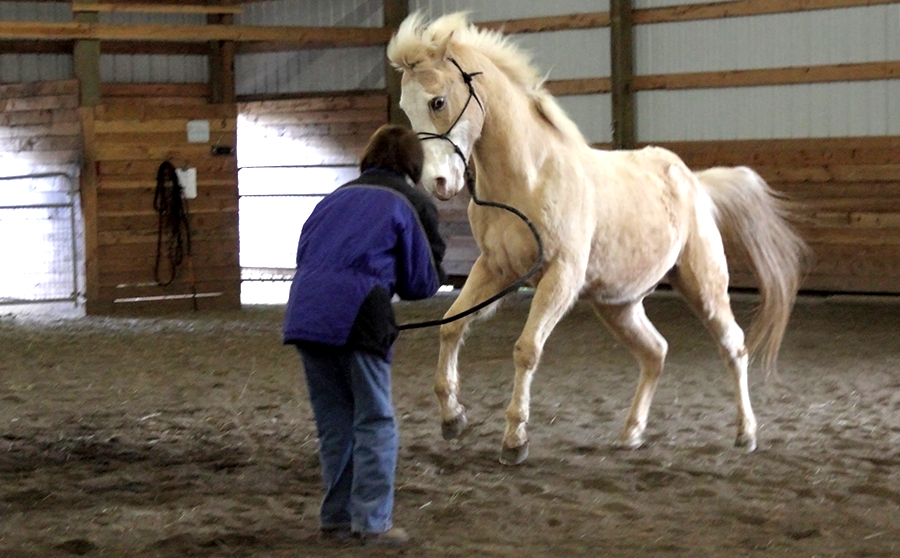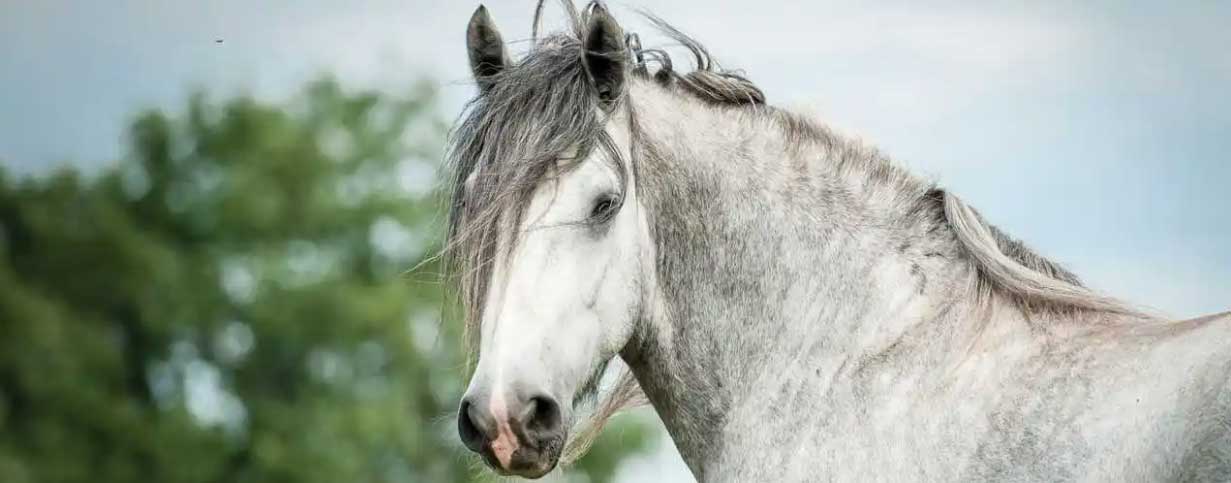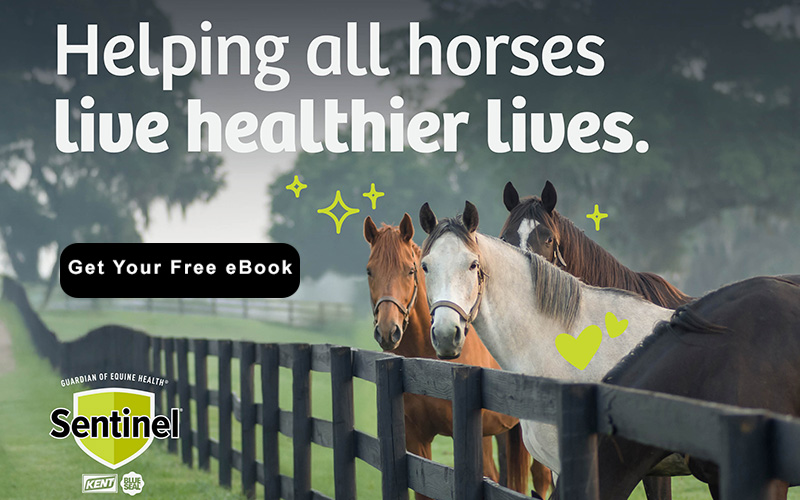Health & Education
We all want the best care possible for our horses. The Heath & Education section covers both Learning Institutions, Organizations as well as many sources for equine assistance including Veterinarians and Farriers.
For those who want a to formally study horses, the Education section includes College Riding, Equine Studies, and Veterinary Schools. Learn about the wide variety of horses in the Horse Breeds section. Supplements and Treatments Therapy are also included in the section.
Everyone can learn from Fine Art and there are some specialty Museums that might surprise you.
Horses as a therapy partner enrich the lives of the disabled. These facilities are listed in our Therapeutic Riding section. To help children and young adults build confidence and grow emotionally, please see the resources available on the Youth Outreach page.
Looking for a place to keep your horse? You can find it in the Horse Boarding section. Traveling? Find a Shipping company or Horse Sitting service if your horse is staying home!
Want to stay up to date with the latest training clinics or professional conferences? Take a look at our Calendar of Events for Health & Education for the dates and locations of upcoming events.
Do we need to add more? Please use the useful feedback link and let us know!
Certified Horsemanship Association Instructor Dale Rudin explains reading horse behavior and how the horse communicates through body language in this educational tip by Certified Horsemanship Association

Courtesy of Damrock Farm
Today, I am going to talk about twin pregnancies and why responsible breeders do not let them continue past 14-16 days post breeding. We had three mares bred this year and that we ended up with three sets of twins. Some might say we hit the jackpot, 6 for the price of 3. But no, it's the furthest thing from the jackpot that is possible as far as I am concerned. And, I'm going to tell you why after receiving a couple of messages asking why we don't just let the mare have twins.
We got lucky on the first two twin reductions, keeping the second foal. Not so with the third. Our mare, Mula, did as we feared and aborted the second foal along with the one we were trying to remove. Not a surprise, but definitely a disappointment. They were just too close not to damage both in the quest to remove only one.
For those of you who are questioning why we don't leave well enough alone, here are the facts. Mares are not made to carry two babies, plain and simple. It's VERY rarely successful. Sure, you occasionally see pictures of cute twin babies that the owners did not know were there and were born healthy enough to stay alive. In most cases, they only stay alive with lots of extra care and huge financial investment. In reality, the numbers of twins who survive to get their pictures plastered all over Facebook is only a small percentage of those who are produced. In most cases, either one or both foals will die, despite heroic measures. It is also extremely risky for a mare to try and deliver twin foals, putting her own life, as well as the foals, at high risk.
The answer is to reduce the pregnancy to one viable fetus, leading to one healthy foal and a normal delivery for the mare carrying it. Is reduction a perfect science? Absolutely not. Should it be done? In my opinion, absolutely yes! Most times, if a mare gets pregnant with twins and it's either not discovered or the owner elects to try to "let nature take its course" both foals will be aborted naturally by the mare, hopefully before they are big enough to injure the mare in the process. If they survive until normal delivery time, usually one or both of the foals will die and the mare is at great risk of death or serious injury herself trying to deliver them.
In today's episode, Dr. Colton Thacker shares his knowledge of ultrasound and imaging. Dr. Thacker will discuss his experiences working at yearling sales and how he uses his expertise in imaging to evaluate potential purchases for his clients. He will also share his insights regarding the value of imaging during lameness exams and how ultrasound can help pinpoint the root cause of lameness in horses.
Dr. Scott Weese, University of Guelph Researcher, outlines best practices for Horse Farm Infection Control.
Read more: Infection Disease Control tips for Horse Farms - Dr. Scott Weese (15:62)

by Missy Wryn
Are you baffled by a sudden change in your horse’s behavior? Did it seem to come on suddenly, out of the blue with no warning? Is your horse trying to bite you or kick at you, or is he getting pushy or bucking for no apparent reason? Behavior changes in your horse can be baffling, frustrating and sometimes downright dangerous! If gone unaddressed horses can end up being abused, sold or even euthanized unnecessarily.
I have often been the last stop for a horse that is otherwise on their way to be auctioned or euthanized due to problem and dangerous behavior. In order to get to the source of the behavior, I have a lengthy intake process where the answers to my numerous questions are a road map to the source of the problem behavior. Here are some questions I ask that the answers can be very telling:
- When did you first notice the behavior change?
- Think back, was your horse trying to tell you something before the behavior became a problem?
- If so, in what way was your horse trying to tell you, for example little nips, pinny ears, cinchy, crow hopping?
-
Did you and/or your horse have an accident?
- If so what were the details?
-
Was there anything going on at the barn at the time the behavior changed?
- Did anything change in your horse’s environment i.e. did your horse lose a barn mate to moving or death?
- Has there been any change in feed or supplements?
- Has your horse ever had dental work?
- If so when was the last time?
- Were power tools used?
- Was sedation used and if so was it heavy or light?
- Did the dental specialist or veterinarian work with your horse’s head high in the air or did the specialist/vet work from their knees with your horse’s head down?
- If your horse is in a stall, how many hours a day does your horse spend in the stall?
- Does your horse pace, crib or have stall bound behaviors?
- What position in the herd is your horse with other horses?
- Does your horse get picked on?
As you go through this exercise don’t dismiss even the silliest thought that comes to mind, it may be a clue to unraveling your horse’s change in behavior; write down everything that you can think of.
Jan 19, 2023 - Monty Roberts welcomes a group of combat veterans to his ranch for a weekend of his renowned program Horse Sense & Healing. The film follows three veterans as they experience their first Join-Up® with a horse and begin to build back a sense of trust and a reduction in anxiety.
Join-Up is that moment when a horse (a flight animal) decides it can follow a person because they use a body language that Monty learned from the wild mustangs in Nevada.
Monty believes that Post Traumatic Stress is an injury, not a disorder (PTSI not PTSD). For more click HERE.
Read more: Horse Sense & Soldiers with Monty Roberts (50:59)

by Eleanor Kellon, VMD
The only carbohydrate fractions that matter are those that increase insulin.
HYDROLYZABLE CARBOHYDRATES (HC)
Hydrolyzable carbohydrates (HC) are defined as those digestible in the small intestine. Microbial fermentation is much less in the small intestine than the hind gut, so those carbohydrates will be absorbed intact.
Starch is digested entirely to glucose. Simple monosaccharide sugars like glucose and fructose are absorbed intact. Disaccharide sugars like sucrose (table sugar) and lactose (milk sugar), and the trisaccharide trehalose, are broken down into monosaccharides by enzymes present at the brush border of the small intestinal cells, then absorbed. These are the HC and the only components that increase blood glucose and therefore insulin.
FERMENTABLE CARBOHYDRATES
More complex plant sugars like cellobiose and raffinose cannot be digested and pass through to the hind gut where they are fermented to volatile fatty acids. The same fate awaits all fiber fractions, "resistant" starch not accessible to the digestive enzymes and rapidly fermentable carbohydrates like pectin, fructan and beta-glucan.
The volatile fatty acids/fermentation products produced can substitute for glucose in energy pathways (acetate), be used to feed the colonic cells (butyrate), converted back to glucose or glycogen (propionate, lactate) or fat (butyrate, acetate). None of those substances or reactions will increase insulin.
Read more: Hydrolyzable Carbohydrates and the Metabolic Horse
EPISODE 50!! Dr. Barber's career started under the tutelage of Dr. Scott Pierce, focusing on reproduction. Over time, his practice morphed from reproduction into sales work, which includes endoscopy and radiographs and, most recently, the management of Rood & Riddle Veterinary Pharmacy. Barber talks about how changes in veterinary medicine and the importance of family have helped shape his career.
Teresa Kackert demonstrates how to safely catch a horse in a paddock, field or pasture when there are other horses present. This is a safety video from Certified Horsemanship Association (www.CHA.horse)
For more information on the largest certifying body of riding instructors and barn managers in North America, Certified Horsemanship Association, please visit www.CHA.horse.
Read more: Catching the Horse in a Paddock with Teresa Kackert (5:29)
- Equine Guelph Declares February Colic Prevention Education Month
- The History Of Equine Slaughter In The United States (Part 2 In A Series)
- Rood & Riddle Stallside Podcast - The PET Scan, Old Technology, New Applications with Dr Katie Garrett and Dr Jose Bras (33:01)
- To Shoe or Not to Shoe? An Excerpt from Shoeing the Modern Horse
- Rood & Riddle Stallside Podcast - The Time is Right for Your Barren Mare’s Check up with Dr Pete Sheerin (37:37)
- Ten Tips for Lunging Your Horse
- 5 Tips to Help You Train Your Horse
- Stem Cells Under Investigation as a Possible Future Treatment for Equine Asthma
- Fitness for the Pregnant Rider - an excerpt from "Ultimate Exercise Routines for Riders"
- Published: Canagliflozin for Control of Refractory Equine Hyperinsulinemia and Laminitis
- Building Your Horse’s Confidence
- Help Nix the Culex Mosquito that Transmits 3 of 5 Core Equine Diseases
- Communication Between Human and Horse
- Research into Development of the Foal’s Gut Could Advance Treatment of Critical Cases of Diarrhea
- Mosquitoes Undeterred by Drought – 4 Tips to Protect Your Horse
- An Equine Methionine Crisis is Brewing
- Beware Supplemental Iron
- Sugar Does Not Cause Equine Metabolic Syndrome
- Welcome to London College of Animal Osteopathy (LCAO) (2:17)
- Katie Navarra Coaching - Reset: Reconnect: Reframe

































